
SIGS benefits from the exponential growth of Shenzhen to pioneer smart urban design, such as its campus with smart solar panels.Credit: Tsinghua SIGS
Global exposure, generous funding, as well as peer and infrastructural support are factors that help shape the burgeoning careers of researchers. Tsinghua SIGS, an academic powerhouse, offers these benefits and more to the youngest and brightest minds from China and beyond.
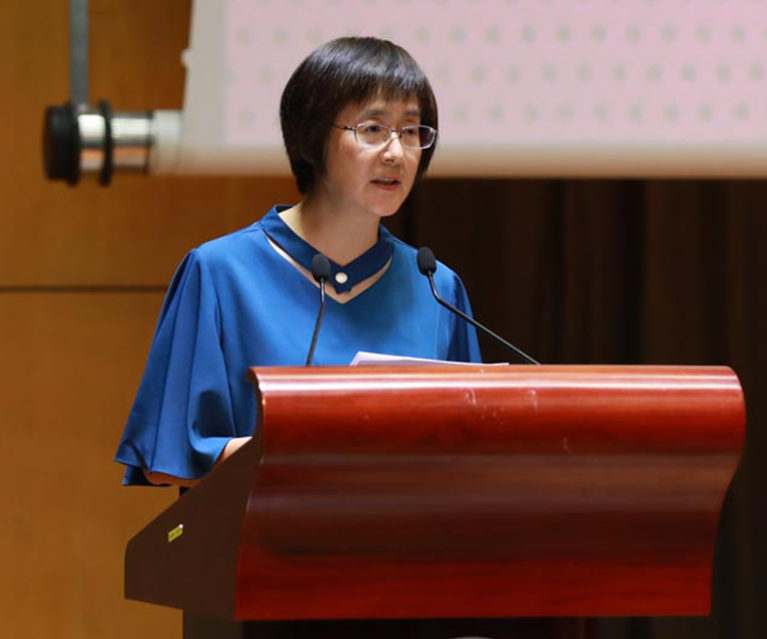
Hong Gao, executive dean of SIGS.Credit: Tsinghua SIGS
“This is where dreams of academic pursuits can come true,” said the executive dean of SIGS, Hong Gao. “SIGS is international and entrepreneurial, enabling real-world impact from diverse research innovations.”
A Tsinghua alumna who returned from the United States, Gao held academic and management roles years ago at Tsinghua University in Beijing. She described her efforts now in Shenzhen to build up the school’s academic prestige as going beyond disciplinary and geographical boundaries.

At the heart of the Silicon Valley of China, SIGS is well positioned for academia-industry collaboration emerging from the Guangdong-Hong Kong-Macau Greater Bay Area (GBA). In 2021, GBA’s number of Fortune’s Global 500 headquarters surpassed the New York Bay Area for the first time. Shenzhen is leading in China with its number of start-ups per head as well as its development of the digital economy.
Gao points to the joint establishment of the Tsinghua-Berkeley Shenzhen Institute (TBSI) in 2015 with the University of California, Berkeley as an important step towards internationalization. Since 2001, Tsinghua University has invested resources into the Tsinghua Graduate School at Shenzhen. Their success paved the way for the launch of SIGS in 2019 and its seven institutes in a ‘6+1’ interdisciplinary setting, linking innovation management to six engineering themes: materials science, ocean engineering, future human habitats, data science and information technology, environment and ecology, and biopharmaceutical and health engineering.
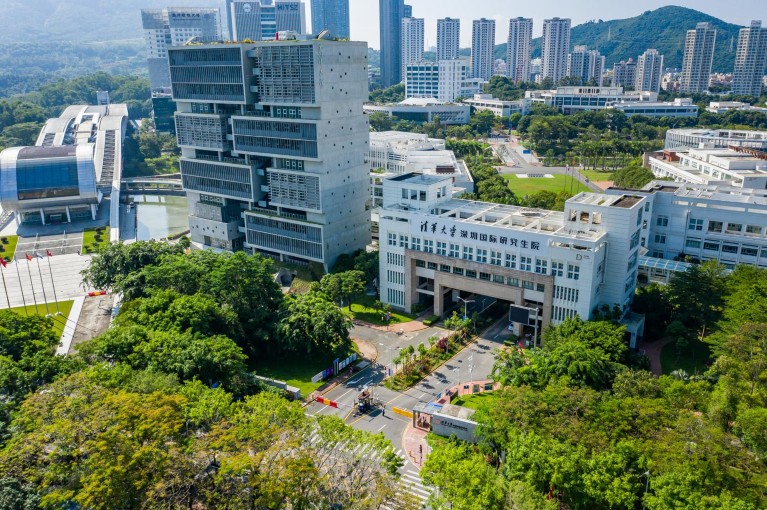
Strong investments drive ‘6+1’ cross-disciplinary growth.Credit: Tsinghua SIGS
Crossroads of scientific frontiers
The cumulative potential of both SIGS and GBA drew a specialist in cancer and precision medicine from a tenured position at the National University of Singapore. Peter E. Lobie at SIGS’s Institute of Biopharmaceutical and Health Engineering outlined his goals to transform health outcomes by introducing new technologies and tools in preventive medicine and therapeutics.

Peter E. Lobie, professor at the Institute of Biopharmaceutical and Health Engineering of SIGS.Credit: Tsinghua SIGS
“Our field of translational biomedicine requires the mastery of not just a clinical understanding of medical needs, but also the knowledge of complex technologies, and even familiarity with intellectual property protection,” he said. “My departmental colleague who joined in 2017, associate professor Shaohua Ma, has, for example, been leading a team of biomedical scientists, as well as mechanical and electronic engineers for one project.”
Lobie described how team efforts accelerate innovations, such as Ma’s proposal for a personalized cancer drug evaluation platform based on patient-derived organoids, the 3D self-organizing tissue cultures that potentially replicate the genomic and transcriptomic information of an individual cancer. Previous organoid cultures, however, have lacked uniformity, and required intensive manual manipulation, plus more than a few weeks for organoid growth. Ma’s paper, published in Cell Reports Medicine in 2020, designed an automated, reproducible high-throughput screening platform for personalized selection of therapy for cancer patients, while reducing the organoid growth time to a week.
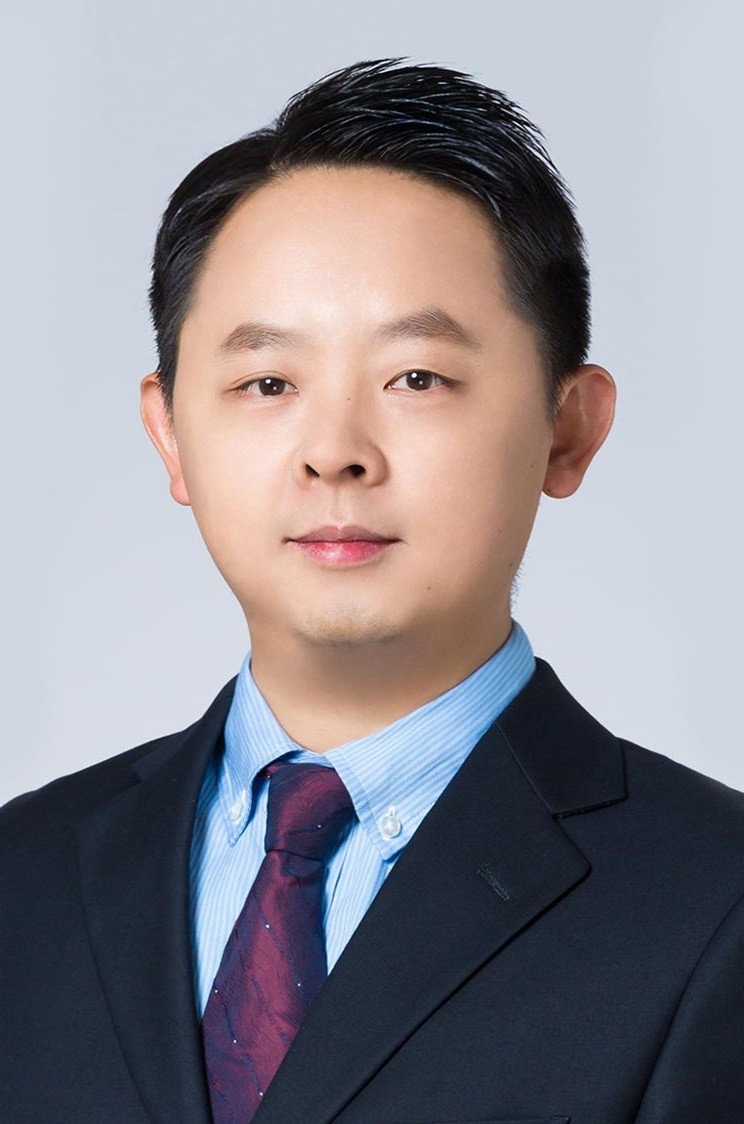
Bilu Liu, associate dean at the Institute of Materials of SIGS.Credit: Tsinghua SIGS
Also garnering international recognition is SIGS’s research into low-dimensional materials and their production process, according to Bilu Liu, associate dean at SIGS’s Institute of Materials Research, in two papers published in 2020.
In addition to an efficient catalyst for electrochemical water splitting, outlined in Nature Communications, Liu’s team demonstrated, in National Science Review, the potential of mass production of 2D materials from cheap and abundant minerals via exfoliation, or the separation of the layers of the material. Nobel-winning physicist, Kostya Novoselov, praised the project as paving the way for the mass production of non-graphene 2D crystals for energy, printable electronics, and manufacturing industries.
“We made great progress in using high-current-density water splitting to produce green hydrogen, as well as optical modulation devices for outdoor display,” said Liu. “We will continue efforts in the design, growth, production and use of low-dimensional materials for diverse applications.”
A talent-first blueprint
This rapid research growth is supported by comprehensive hiring strategies. According to the associate dean of SIGS, Wai Kin (Victor) Chan, innovative talent policies include an independent principal investigator (PI) system which encourages scientific leadership and the courage to break boundaries to expand the frontiers of sciences.
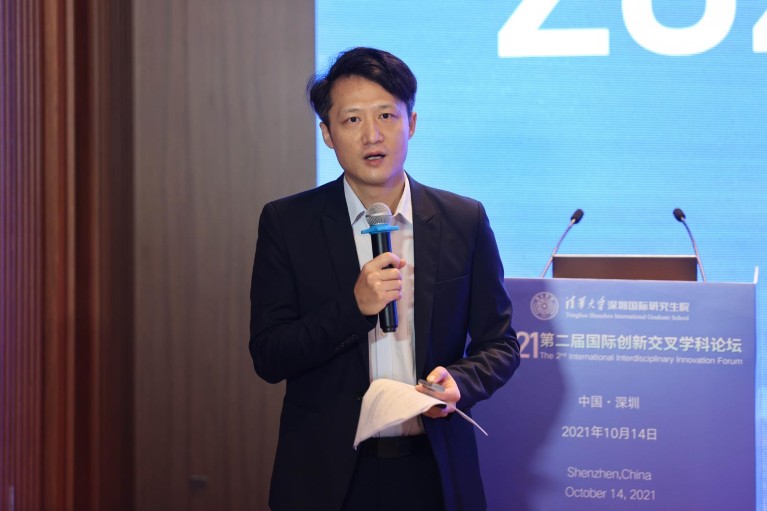
Wai Kin (Victor) Chan, associate dean of SIGS.Credit: Tsinghua SIGS
“A global outlook is just as crucial, and we have in place diverse international academic collectives and recruitment panels,” he said. “We also revamped our evaluation system so that it is not merely quantitative, but instead comprehensively considers research impact and high-quality teaching.”
Chan, a system engineering specialist whose research ranges from network simulation to disaster management, is both a Tsinghua and Berkeley graduate. He believes that the recent pandemic has hastened the innovation of both online and hybrid education models. “It is more feasible now for students to learn at their own pace, while education big data gives us an opportunity to reflect more on how we teach to improve the learning experience,” says Chan.
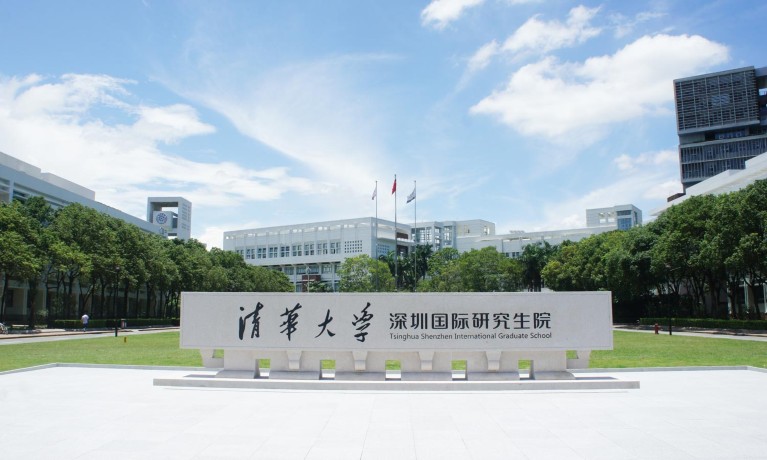
SIGS welcomes global talent for multicultural exchange.Credit: Tsinghua SIGS
SIGS offers benefits for young faculty members, such as mentoring schemes to promote open conversations, generous research start-up funding, and shared research facilities to speed up projects. It also hosts ongoing global exchange programmes: the 2nd SIGS International Interdisciplinary Innovation Forum in 2021, attracted more than 300 scholars, 70% from international institutions.
“We continue to look for independent researchers with global vision, leadership, and a passion to make a difference,” says Gao. “They would be mission-driven to uphold a high standard of research integrity and professional ethics, and become role models for young students to follow.”


